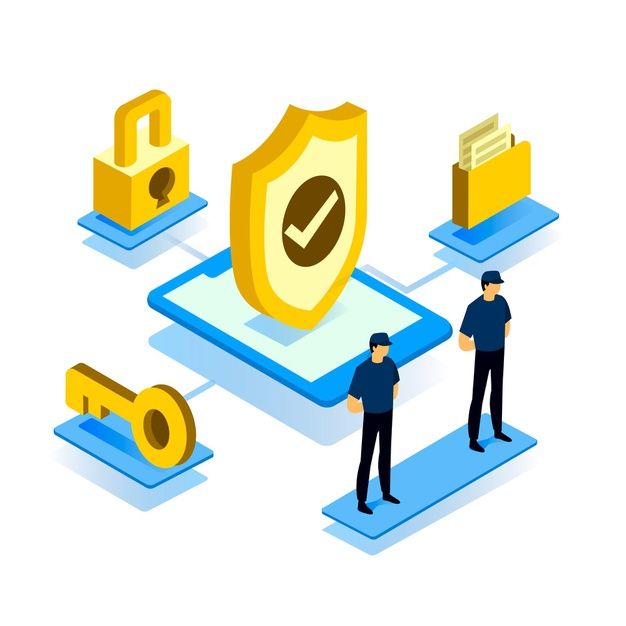Encryption Services
Encryption services in endpoint security play a crucial role in safeguarding sensitive data across devices and networks. By encrypting data at the endpoint level, organizations ensure that even if data is intercepted or accessed by unauthorized parties, it remains unreadable and secure. These services utilize advanced algorithms to transform plain text into ciphertext, making it comprehensible only to authorized users with the corresponding decryption keys. Endpoint encryption not only protects data in transit but also when stored on devices such as laptops, smartphones, and tablets. This proactive security measure helps mitigate the risk of data breaches, ensuring compliance with regulatory requirements and enhancing overall cybersecurity posture. As threats evolve, encryption services continue to evolve, incorporating stronger encryption standards and adaptive technologies to defend against emerging vulnerabilities and cyber threats effectively.Furthermore, encryption services in endpoint security provide granular control over data access and sharing within organizations. Administrators can define policies that govern who can decrypt and access specific data, adding an extra layer of security against insider threats and unauthorized access. This capability is particularly important in industries handling sensitive information such as healthcare, finance, and government, where regulatory compliance and data privacy are paramount. Additionally, endpoint encryption supports remote data wipe capabilities, enabling organizations to erase data from lost or stolen devices remotely, further reducing the risk of data exposure. By integrating encryption into comprehensive endpoint security strategies, businesses can confidently embrace digital transformation while maintaining the integrity and confidentiality of their data assets.








